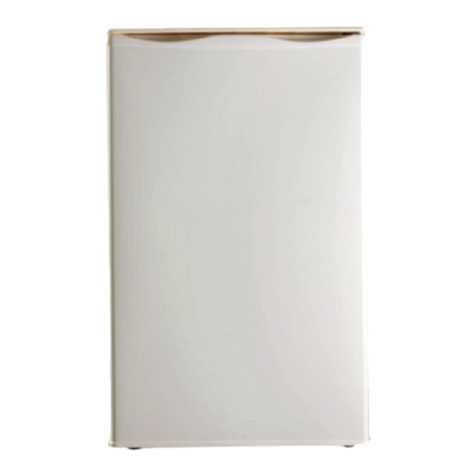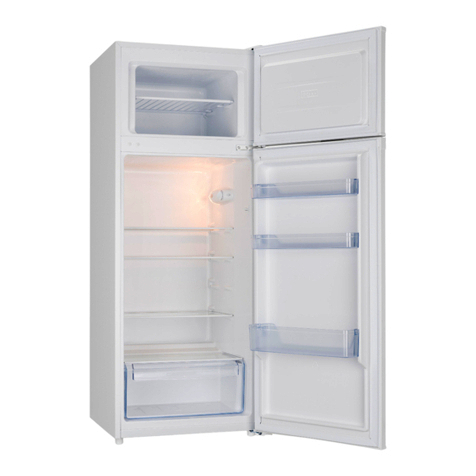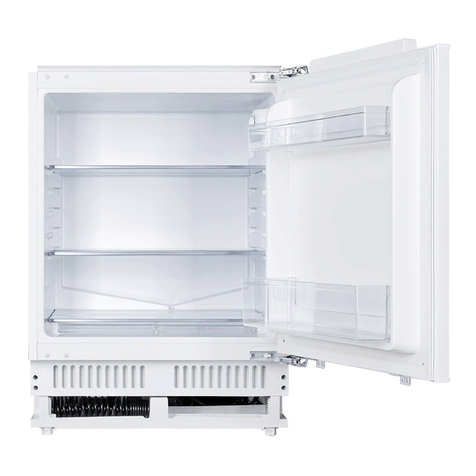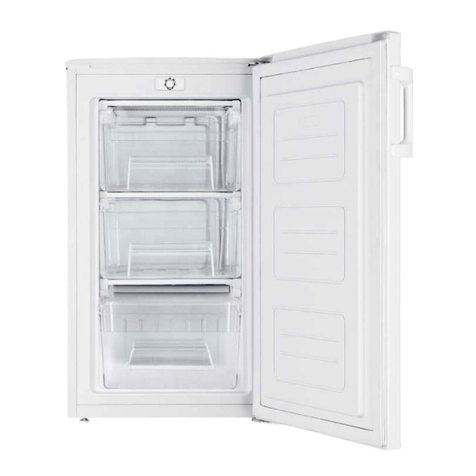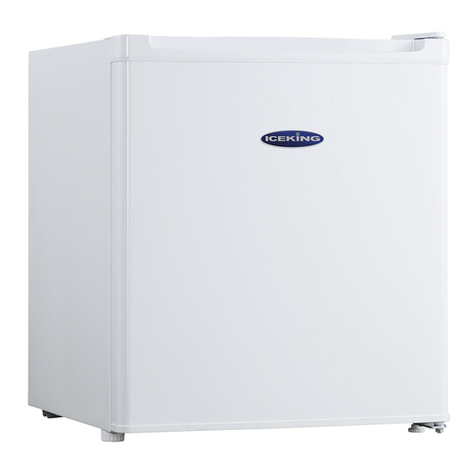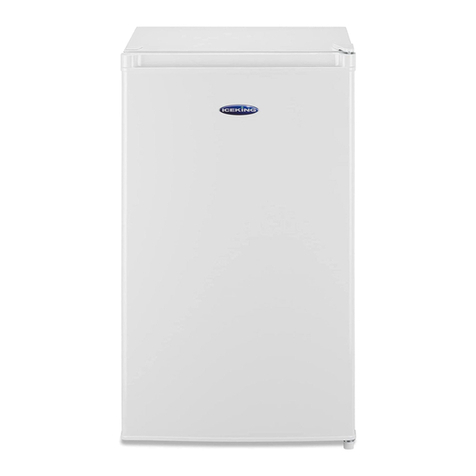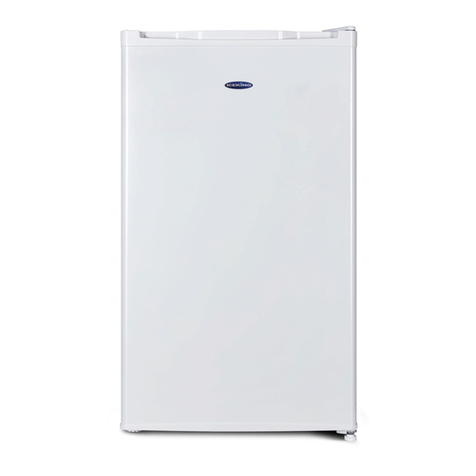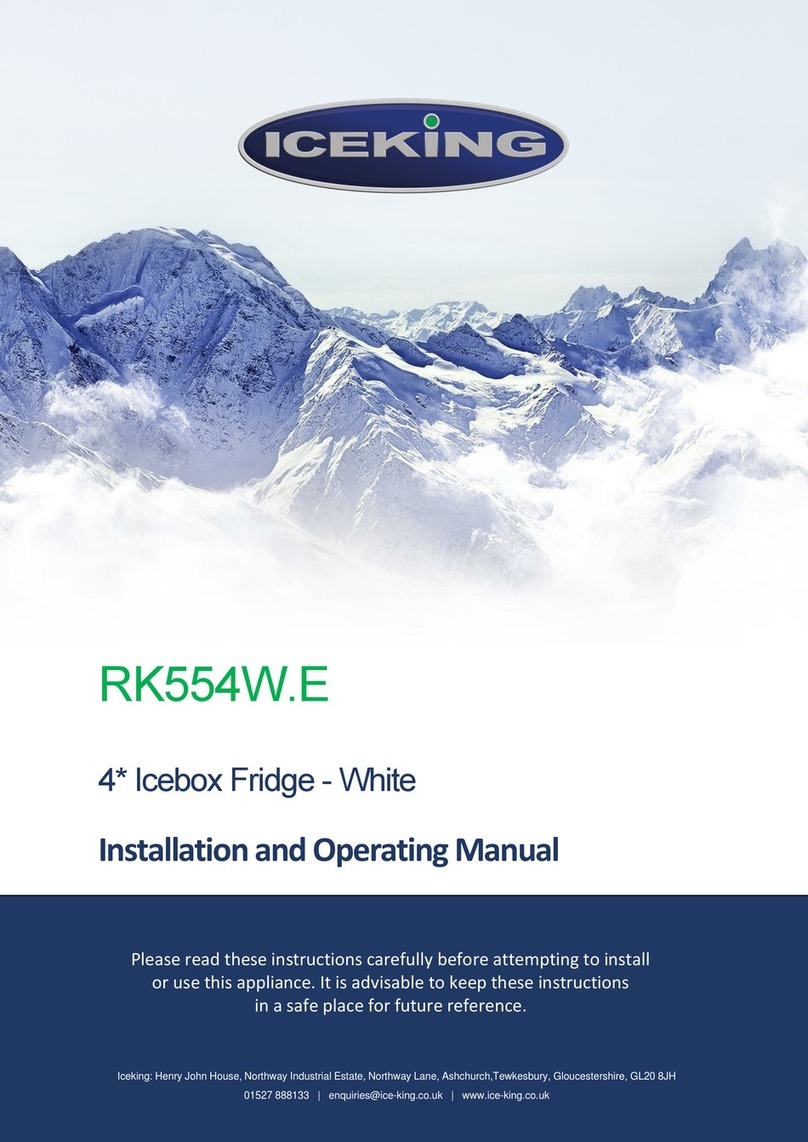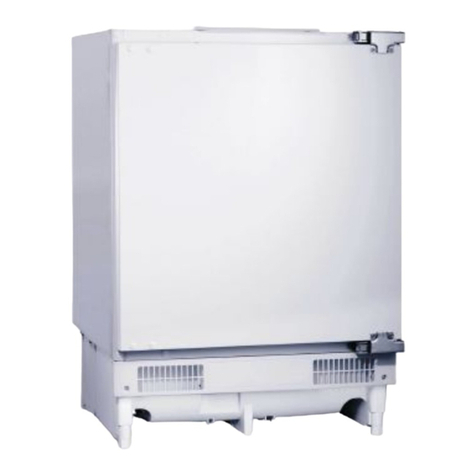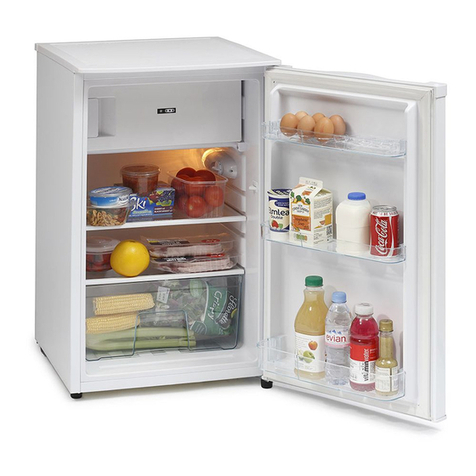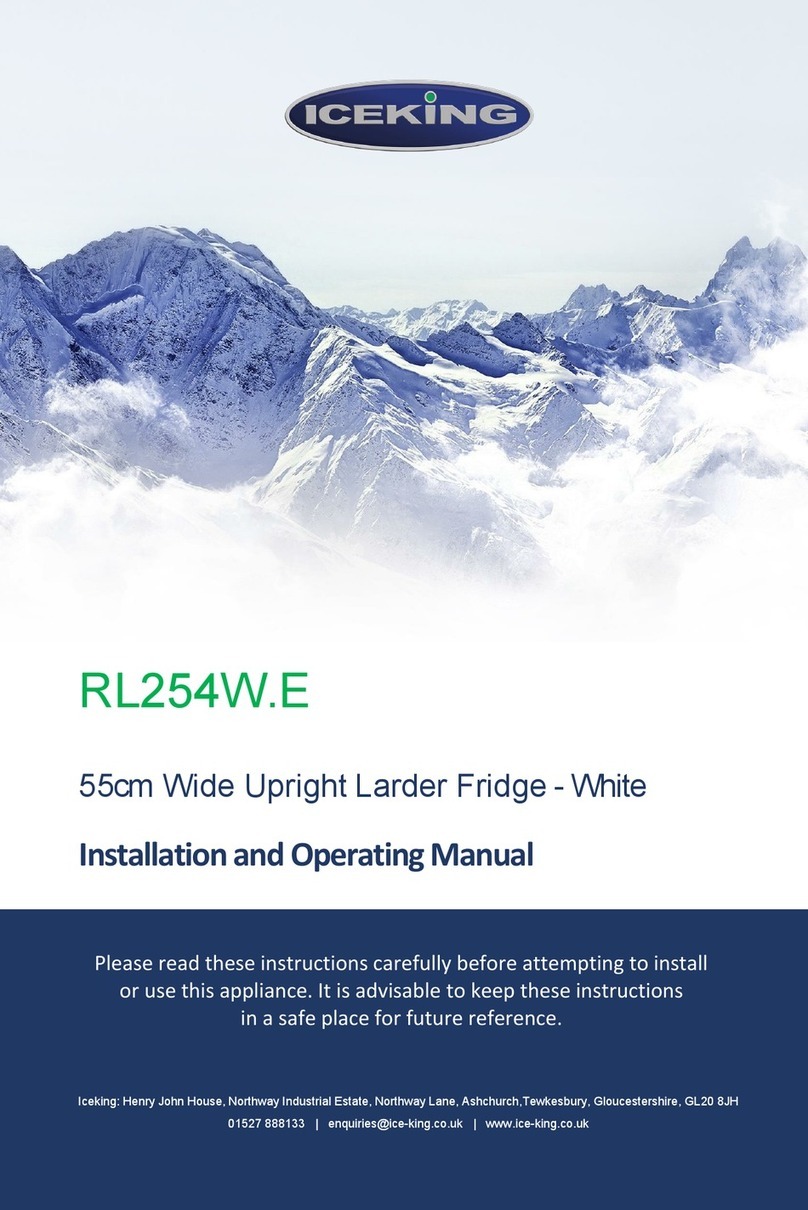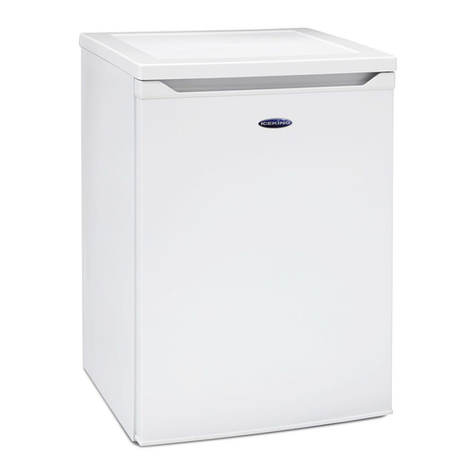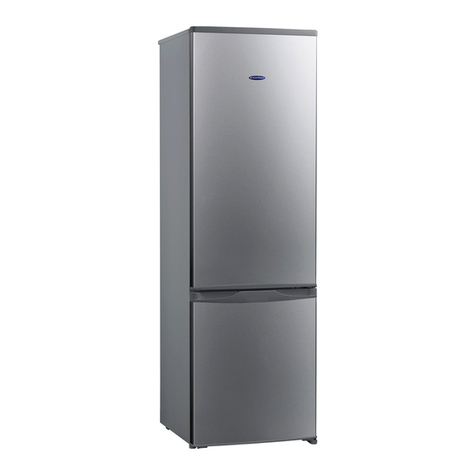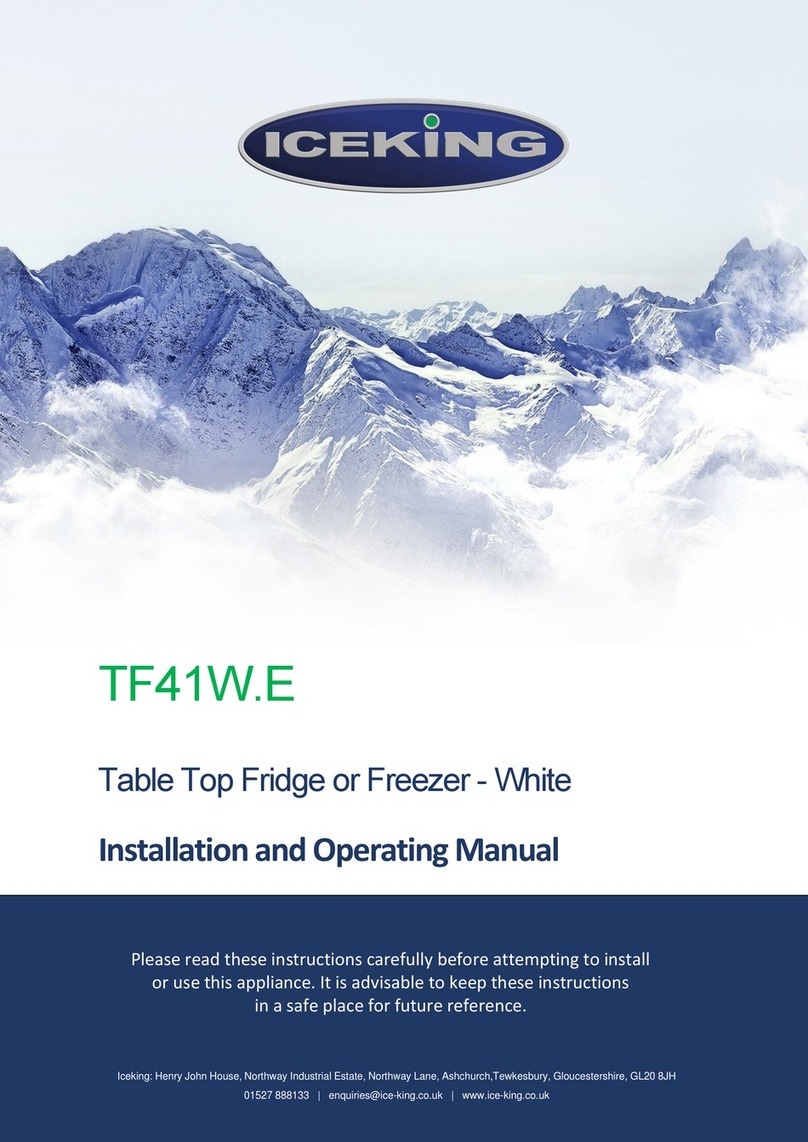
Safety information
1) If there is a freezer compartment.
2) If there is a fresh-food storage compartment.
&DUHDQGFOHDQLQJ
y
Before maintenance, switch off the appliance and disconnect the
mains plug from the mains socket.
y
Do not clean the appliance with metal objects.
y
Do not use sharp objects to remove frost from the appliance. Use a
plastic scraper.1 )
y
Regularly examine the drain in the refrigerator for defrosted water. If
necessary, clean the drain. If the drain is blocked, water will collect in
the bottom of the appliance.2 )
Installation
Important! For electrical connection carefully follow the instructions
given in specific paragraphs.
y
Unpack the appliance and check if there are damages on it. Do not
connect the appliance if it is damaged. Report possible damages
immediately to the place you bought it. In that case retain packing.
y
It is advisable to wait at least four hours before connecting the
appliance to allow the oil to flow back in the compressor.
y
Adequate air circulation should be around the appliance, lacking this
leads to overheating. To achieve sufficient ventilation, follow the
instructions relevant to installation.
y
Wherever possible the spacers of the product should be against a
wall to avoid touching or catching warm parts (compressor, con-
denser) to prevent possible burn.
y
The appliance must not be located close to radiators or cookers.
y
Make sure that the mains plug is accessible after the installation of
the appliance.
6HUYLFH
y
Any electrical work required to do the servicing of the appliance
should be carried out by a qualified electrician or competent person.
y
This product must be serviced by an authorized Service Center, and
only genuine spare parts must be used.
(QHUJ\VDYLQJ
y
Don’t put hot food in the appliance;
y
Don’t pack food close together as this prevents air circulating;
y
Make sure food don’t touch the back of the compartment(s);
yOne-, two- and three -star compartments (if they are presented in the
appliance) are not suitable for the freezing of fresh food.
yIf the appliance is left empty for long periods, switch off, defrost,
clean, dry and leave the door open to prevent mount developing
within the appliance.
